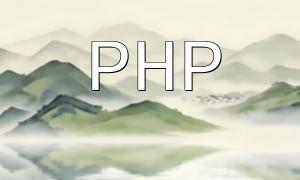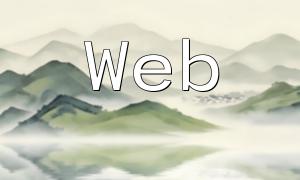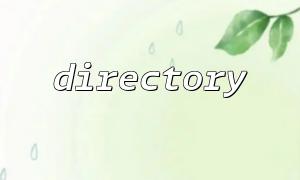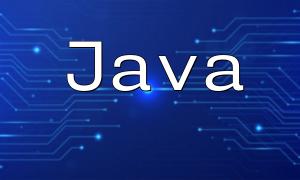In the modern internet era, website design and user interaction are key factors in attracting and retaining users. By incorporating clever animation effects, websites can offer not only richer visual experiences but also increased interactivity. This article will explore how to use PHP and CGI (Common Gateway Interface) to implement common animation effects, with example code provided for demonstration.
The image carousel is a common animation effect used on websites to display multiple images or content in a rotating manner. With PHP and CGI, we can easily implement a simple yet effective image carousel animation.
<!DOCTYPE html>
<html>
<head>
<title>Image Carousel Animation Effect</title>
<style>
.slideshow-container {
position: relative;
}
.slideshow-container img {
display: none;
position: absolute;
top: 0;
left: 0;
}
</style>
</head>
<body>
<div class="slideshow-container">
<?php
$images = array("image1.jpg", "image2.jpg", "image3.jpg");
foreach ($images as $image) {
echo "<img src='images/{$image}' alt='Image Carousel'>";
}
?>
</div>
<script>
var slides = document.querySelectorAll(".slideshow-container img");
var currentSlide = 0;
function showSlide(n) {
slides[currentSlide].style.display = "none";
currentSlide = (n + slides.length) % slides.length;
slides[currentSlide].style.display = "block";
}
setInterval(function() {
showSlide(currentSlide + 1);
}, 2000);
</script>
</body>
</html>
In this code, we first define an array of images, then use a PHP loop to output each image tag. JavaScript is then used to control the carousel effect, with the `setInterval` function switching to the next image every 2 seconds.
For websites that need to load content dynamically, PHP and CGI can be used to load content on-demand, reducing the initial page load time and enhancing the user experience.
<!DOCTYPE html>
<html>
<head>
<title>Dynamic Content Loading</title>
<style>
#content {
width: 400px;
height: 200px;
overflow: auto;
}
</style>
</head>
<body>
<div id="content">
<?php
for ($i = 1; $i <= 10; $i++) {
echo "<p>Line {$i} content</p>";
}
?>
</div>
<script>
var content = document.getElementById("content");
content.addEventListener("scroll", function() {
var scrollTop = content.scrollTop;
var scrollHeight = content.scrollHeight;
var clientHeight = content.clientHeight;
if (scrollTop + clientHeight >= scrollHeight) {
// Load more content dynamically
var xhr = new XMLHttpRequest();
xhr.onreadystatechange = function() {
if (xhr.readyState == 4 && xhr.status == 200) {
content.innerHTML += xhr.responseText;
}
};
xhr.open("GET", "load_more.php?start=" + content.scrollHeight, true);
xhr.send();
}
});
</script>
</body>
</html>
In this example, we first use PHP to output 10 lines of content inside a `
PHP and CGI provide powerful tools to create animation effects and dynamic interactivity, significantly enhancing the user experience and vitality of your website. The examples presented in this article, such as the image carousel and dynamic content loading, are just a couple of the many animation effects that can be implemented. With these techniques, you can create a more engaging and dynamic website that captures your users' attention and keeps them coming back for more.









